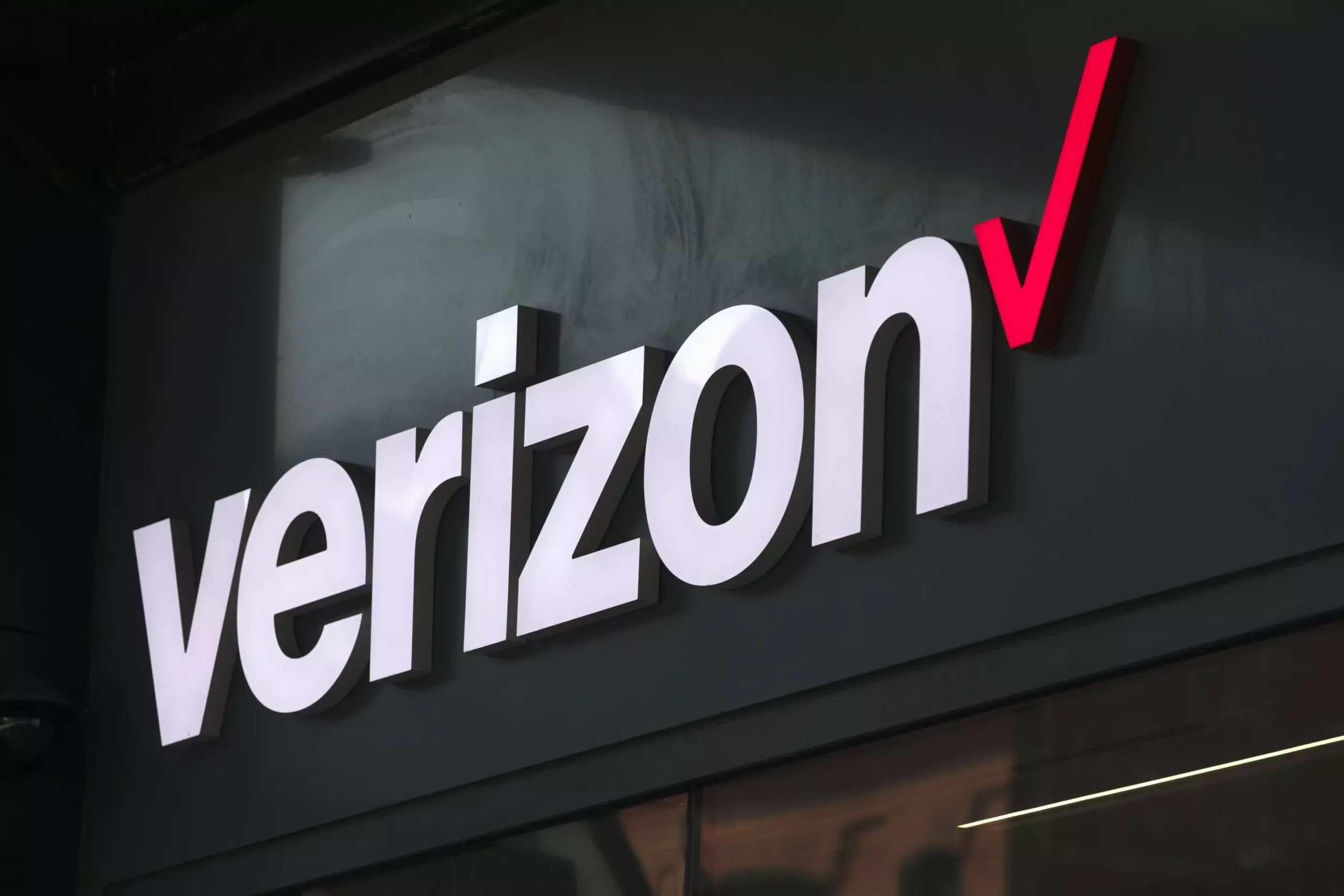On Monday, a significant service disruption affected Verizon customers across various regions in the United States, leaving many without cellular connectivity. The incident primarily impacted tens of thousands of users, prompting an avalanche of reports to the outage tracking site, DownDetector. At its peak around 11 a.m. ET, the site documented over 100,000 outage reports, underscoring the sheer scale of the disruption. Despite some decline in reported issues as the day progressed, approximately 48,000 users remained affected by 4 p.m. ET, indicating lingering connectivity challenges.
The outage was not limited to a specific locale, affecting users in diverse regions including the Southeast, where individuals are still dealing with the consequences of Hurricane Helene. Reports flooded in from various states, illustrating that the impact of the service disruption was widespread. Manifold regions—from the West Coast to the Midwest and Northeast—reported connectivity issues, showcasing the challenge of maintaining reliable service in an increasingly mobile and reliant society.
The frustrations of users became evident as they took to social media platforms to voice their grievances. In particular, iPhone users reported SOS messages on their devices, indicating an inability to connect to Verizon’s network, though they could still make emergency calls through other providers. This facet of the outage raised questions about the reliability of emergency communication systems during such widespread service disruptions. In times of emergency, when connectivity is most critical, customers found themselves grappling with uncertainty.
In a bid to address the situation, Verizon issued a statement through social media, acknowledging the service disruption and assuring customers that engineers were actively investigating the issue. While the swift acknowledgment was a step in the right direction, many users were left yearning for more precise information. The Federal Communications Commission also entered the fray, recognizing the outage but withholding detailed explanations regarding its root cause, further fueling users’ frustrations.
In light of such disruptions, users are encouraged to explore alternative communication options. One viable workaround during cellular outages is Wi-Fi calling, which most modern smartphones support. This feature allows users to send and receive calls over Wi-Fi networks, providing a temporary solution until cellular services are restored. Vigilance in settings might empower users to stay connected, even when traditional networks falter.
This recent Verizon outage serves as a reminder of the vulnerabilities inherent in mobile communication systems. As society becomes increasingly dependent on cellular connectivity, it is paramount that telecommunications companies refine and bolster their infrastructure to prevent future occurrences. For users, awareness of contingency measures during outages can minimize disruptions, offering some peace of mind in an otherwise chaotic situation. The technological landscape is evolving rapidly, emphasizing the need for resilience and adaptability in service provisions.

